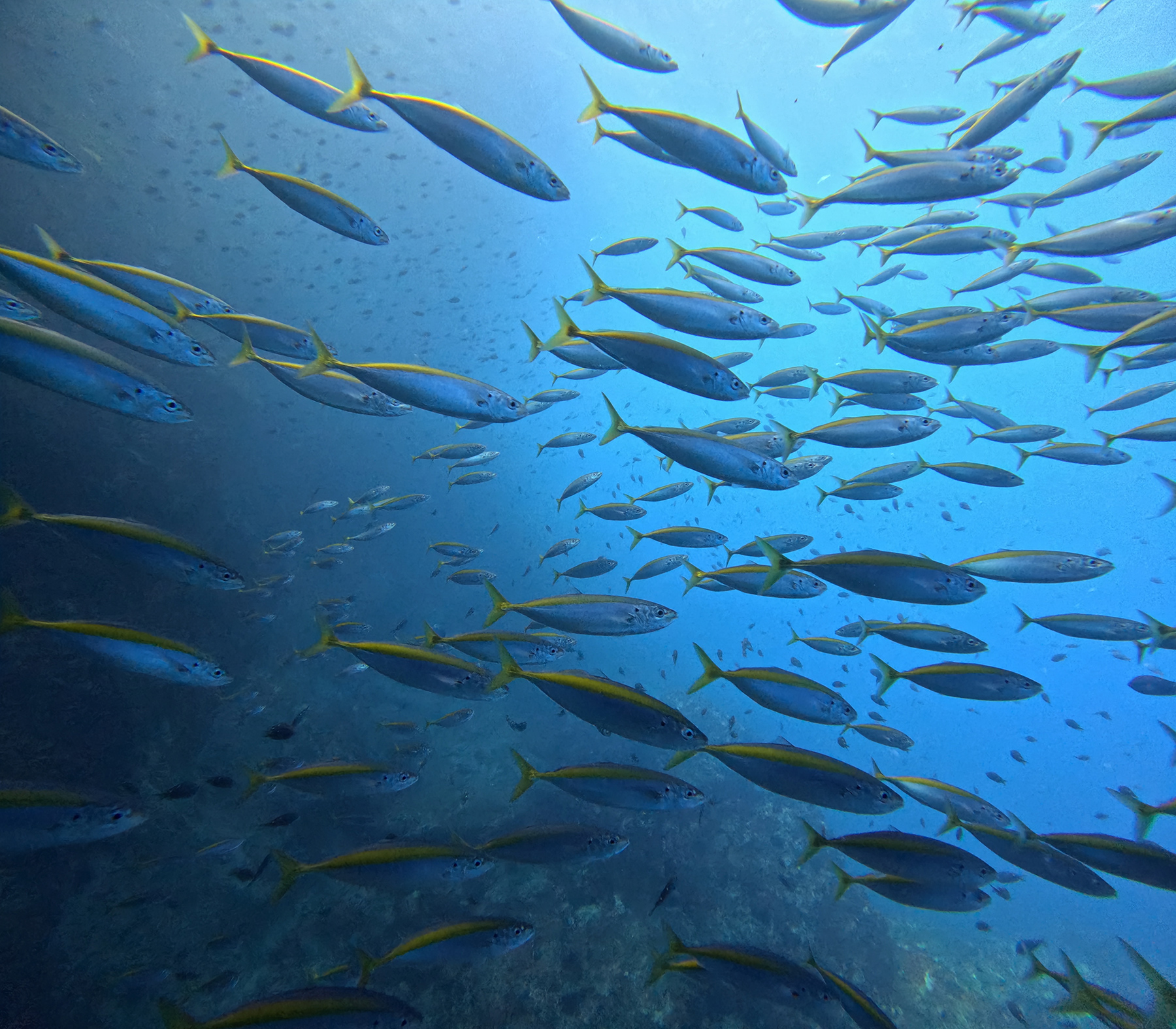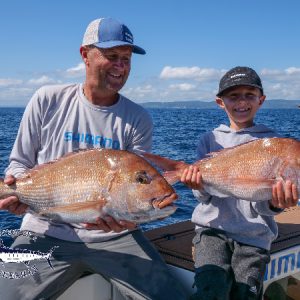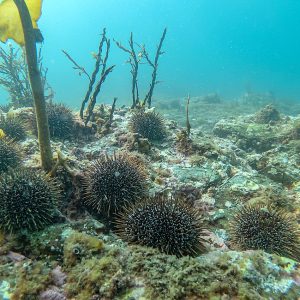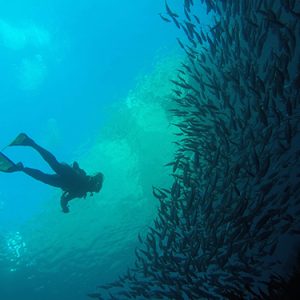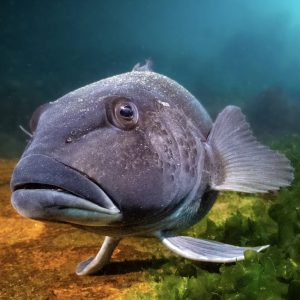Published in Mahurangi Matters. By Sam Woolford
“The Ocean is not alive like it used to be 25 yrs ago where we moved from one workup to another”.
A comment we often receive from Hauraki Gulf fishers who spend more time chasing the diving seabirds feeding on the schools of baitfish – referred to as work ups or boil ups – than actually catching fish.
Baitfish are the heartbeat of the Hauraki Gulf, they’re an essential food source for larger fish, whales, dolphins and seabirds. Without baitfish, life drains from our coastal ecosystem.
In June, Fisheries NZ announced that after 30 years, the Minister for Oceans and Fisheries is reviewing commercial catch limits for a key baitfish species – Jack mackerel, along the east coast of the North Island, from North Cape to Wellington.
Currently the commercial fishing industry is permitted to harvest 10,000 tonnes of Jack mackerel each year along this coast, the equivalent of 10 million kilos. Commercial catches have been declining so there’s been no effective limit on how much they have caught in the past decade.
That’s not fisheries management. It’s neglect.
There has never been a scientific stock assessment for Jack mackerel on this coast so Fisheries NZ has no idea how many fish remain in the water today, or what the impacts of removing thousands of tonnes annually might be.
In the absence of hard science, lived experience becomes crucial. Last year, LegaSea surveyed Mahurangi Matters readers and Hauraki Gulf fishers about what they’re seeing on the water. More than 90% of respondents indicated that the size of work-ups or boil-ups has significantly declined in their lifetime.
Record low commercial catches combined with increasingly sparse workups, suggest that our Jack mackerel populations could be in trouble.
Recently, LegaSea and the New Zealand Sport Fishing Council submitted in response to the review of Jack mackerel commercial catch limits. We urged the Minister to cut the commercial catch limit so Jack mackerel numbers can be restored.
We’re already seeing signs of depletion. We need to take action. Jack mackerel must be managed at a higher level to enable their populations to rebuild.
Declines in baitfish abundance can have severe implications for the wider ecosystem and dependent species. We already know that some seabird populations are struggling to survive and feed their chicks.
And with rising sea temperatures threatening baitfish food sources, the pressure on Jack mackerel is only going to increase. That makes it even more important to leave more fish in the water to maintain resilience across our delicately intertwined marine ecosystem.
To prevent our coastal fisheries from facing further depletion, we must be conservative about the amount of essential food sources, such as baitfish, we are removing from our oceans. That starts with less purse seining and more fish in the water. Sign up to learn more and receive LegaSea newsletters today.
